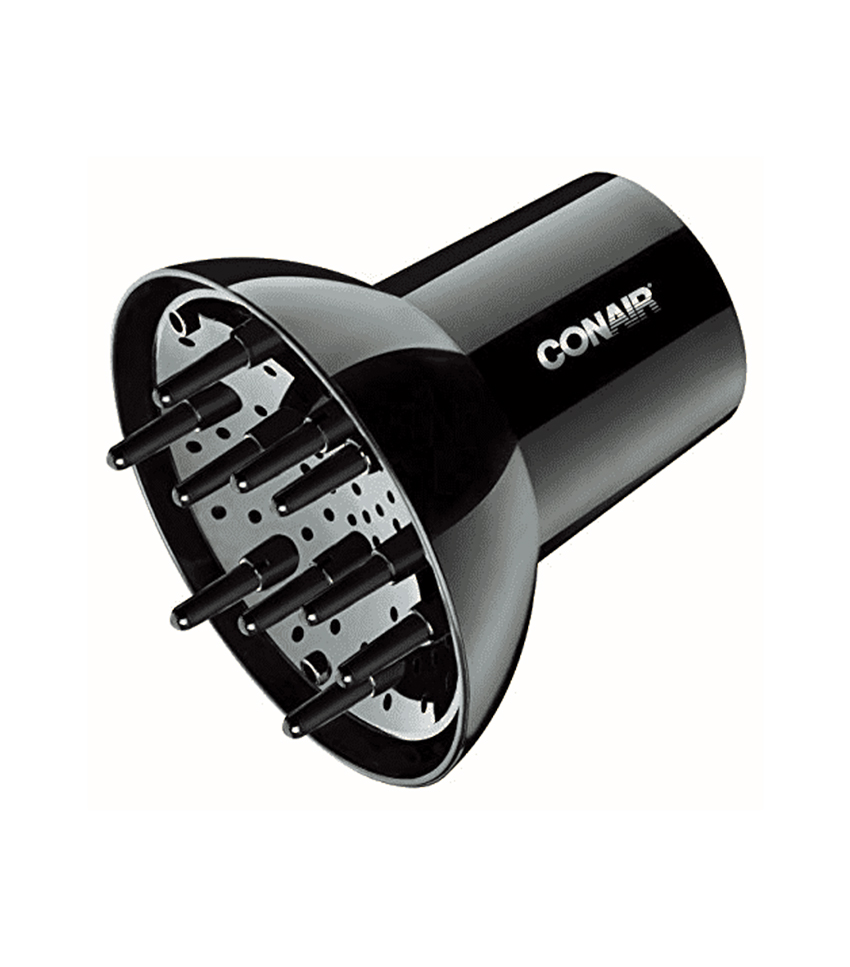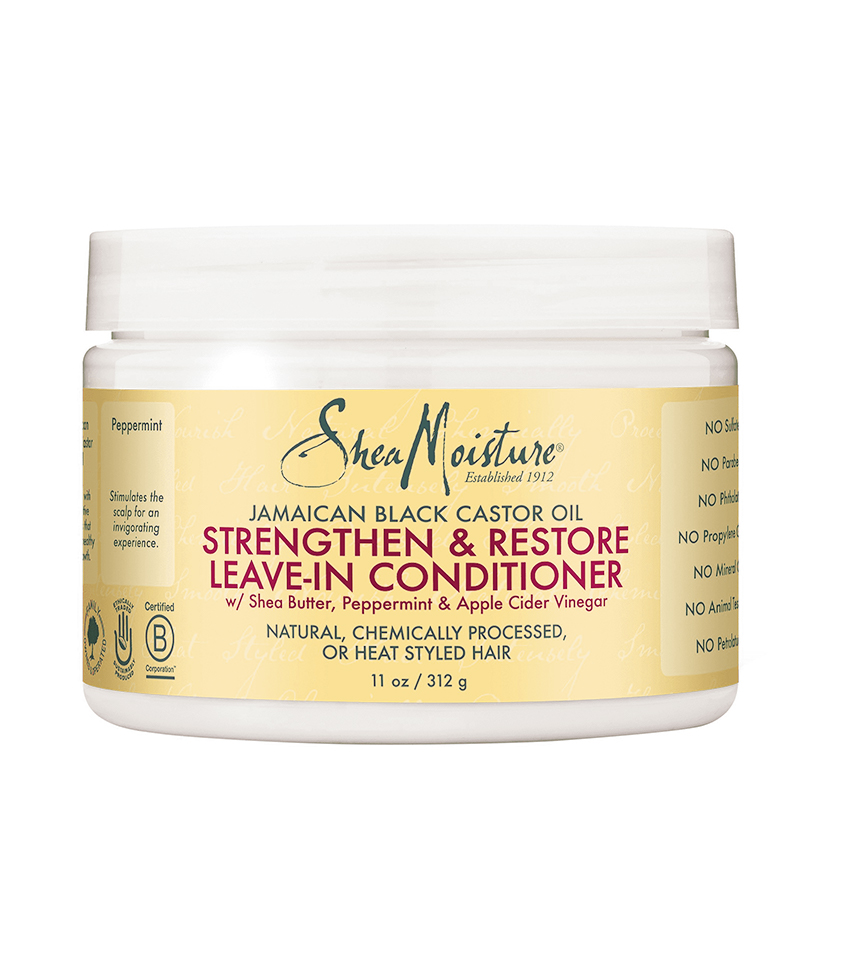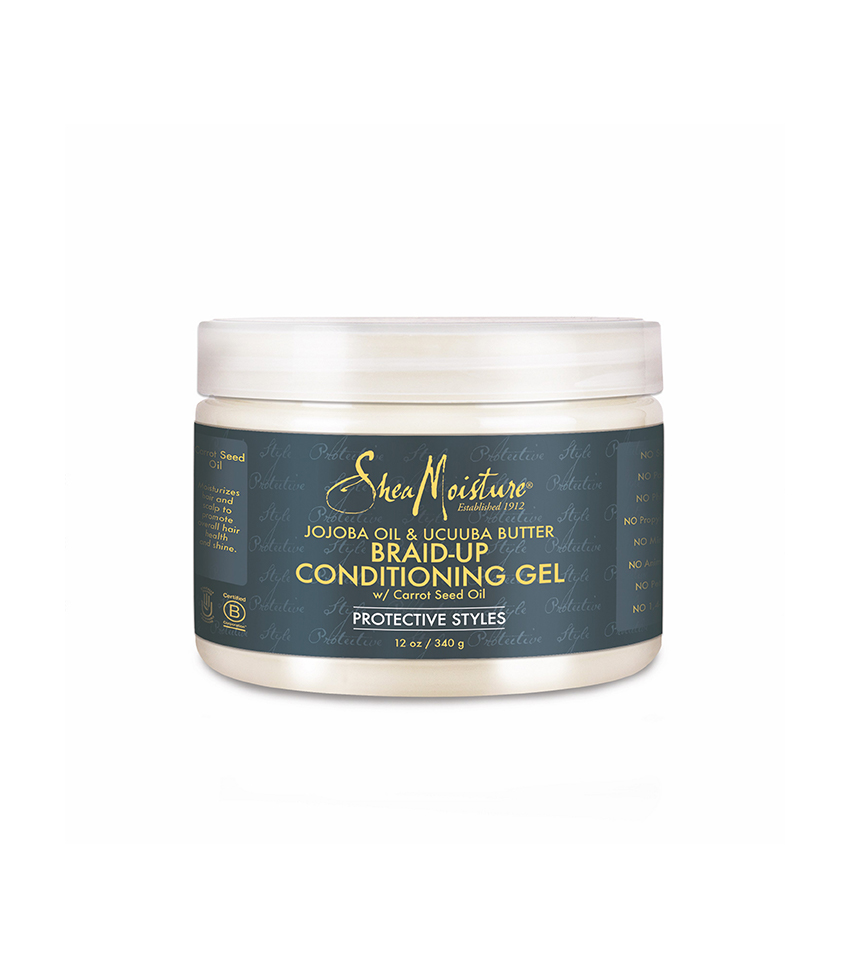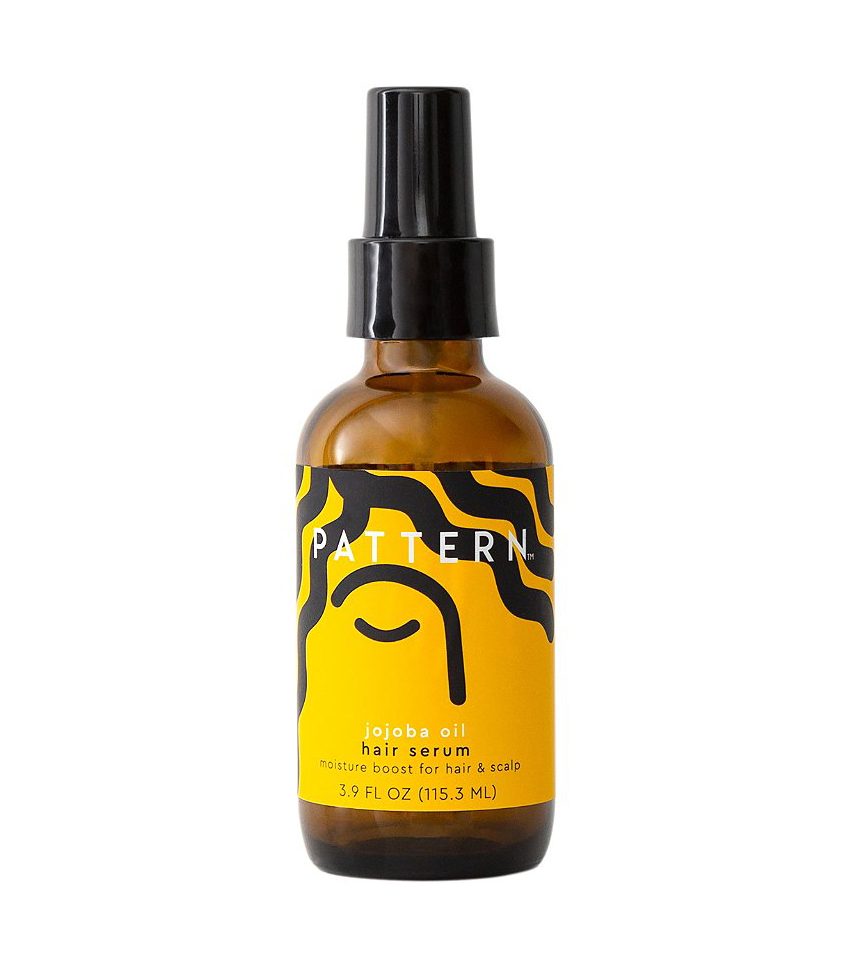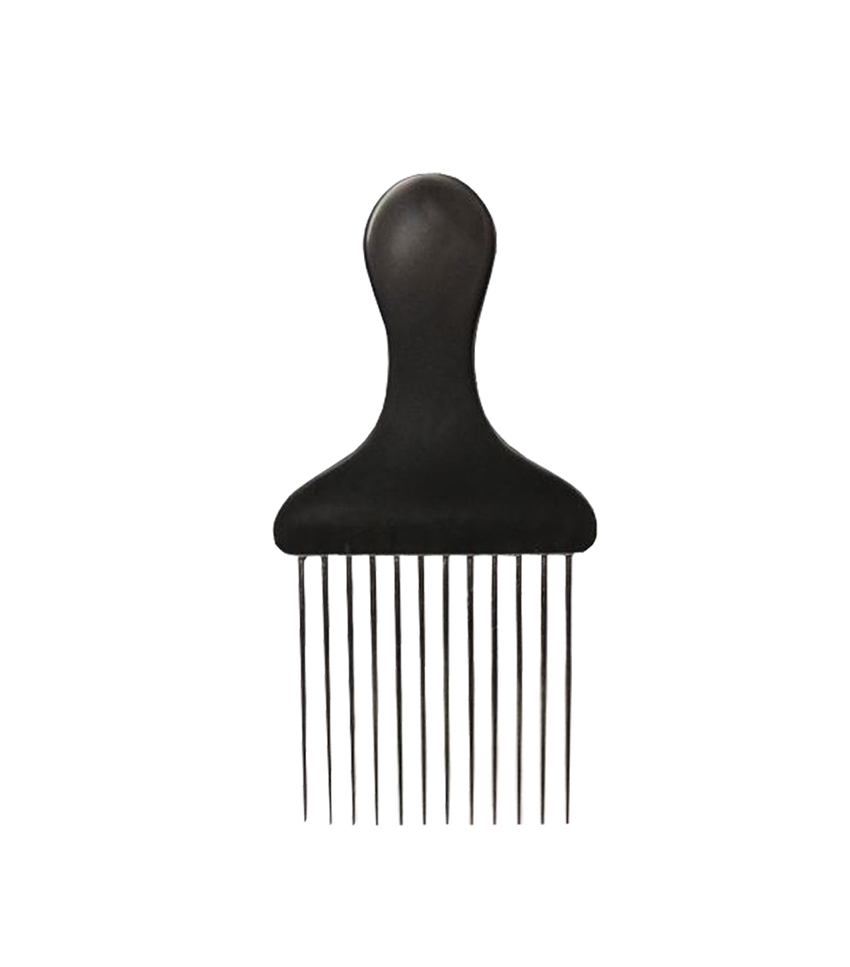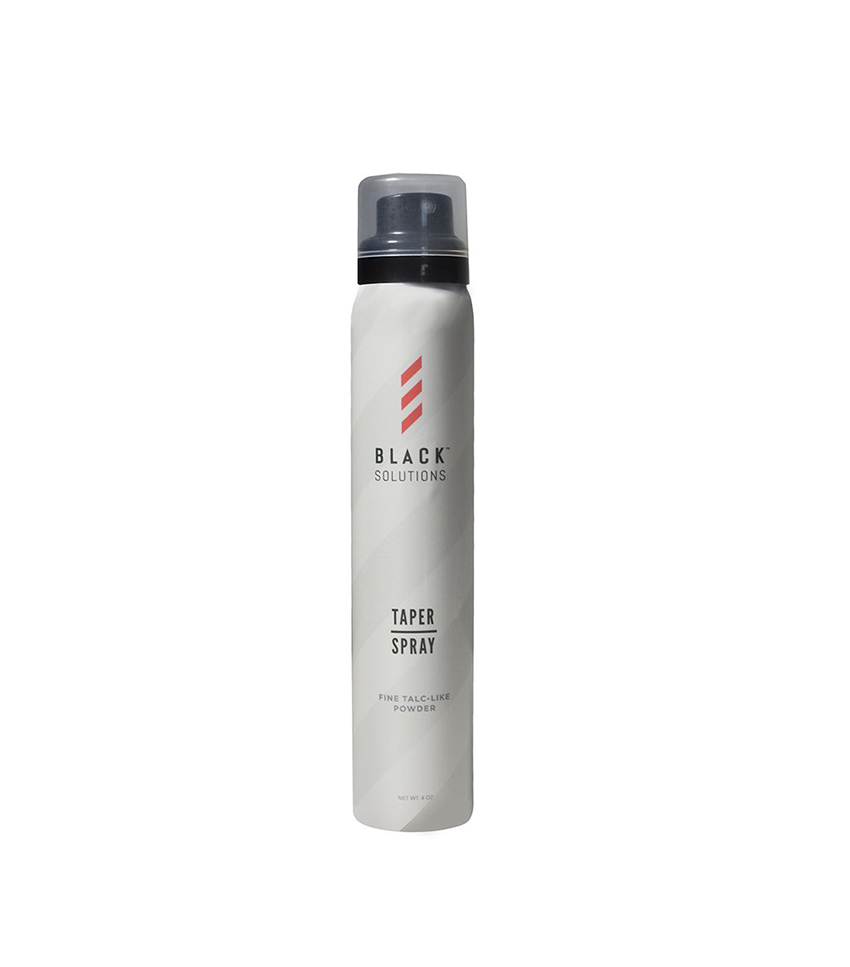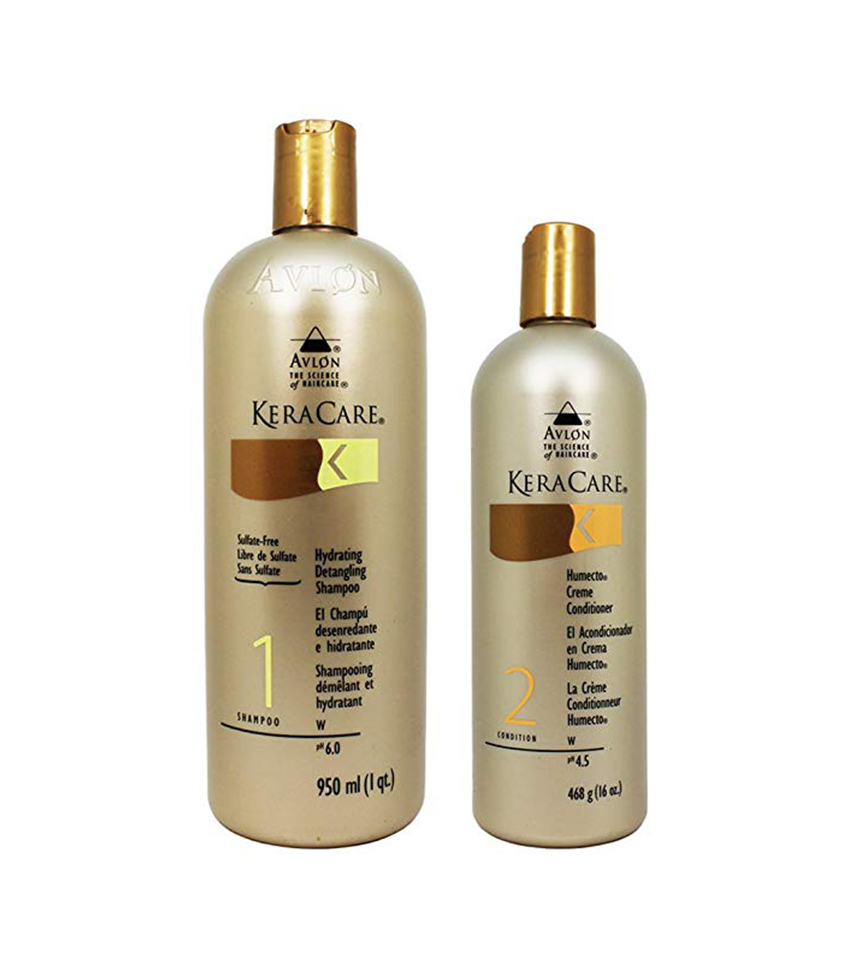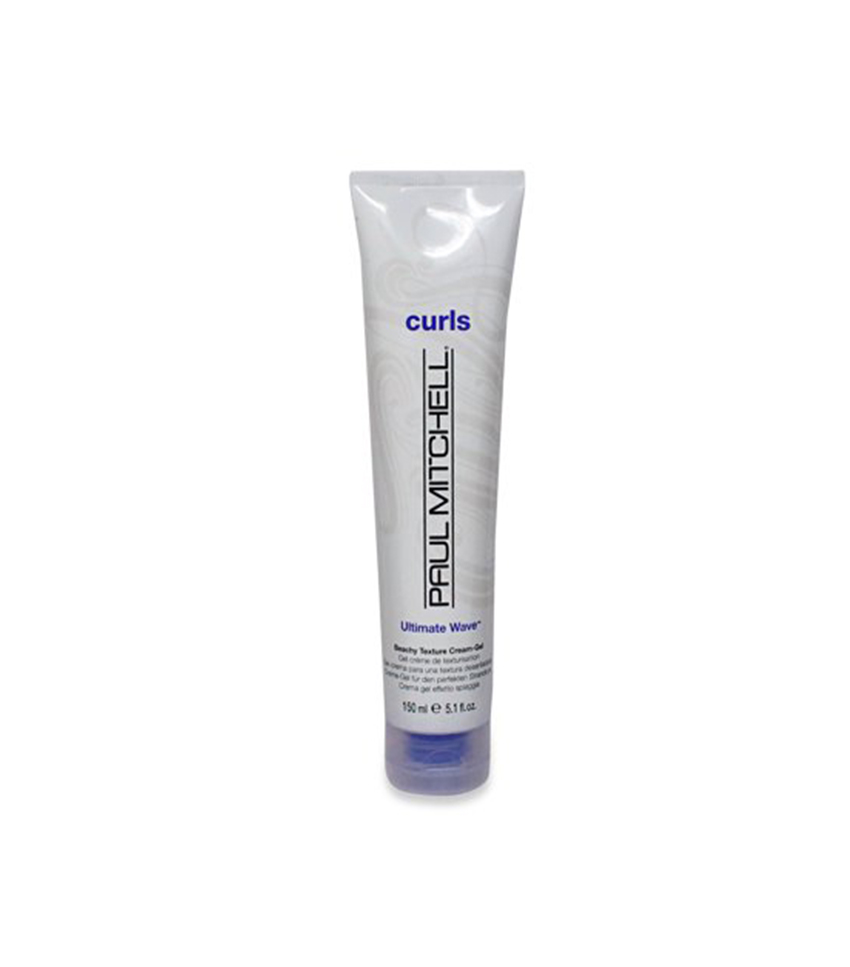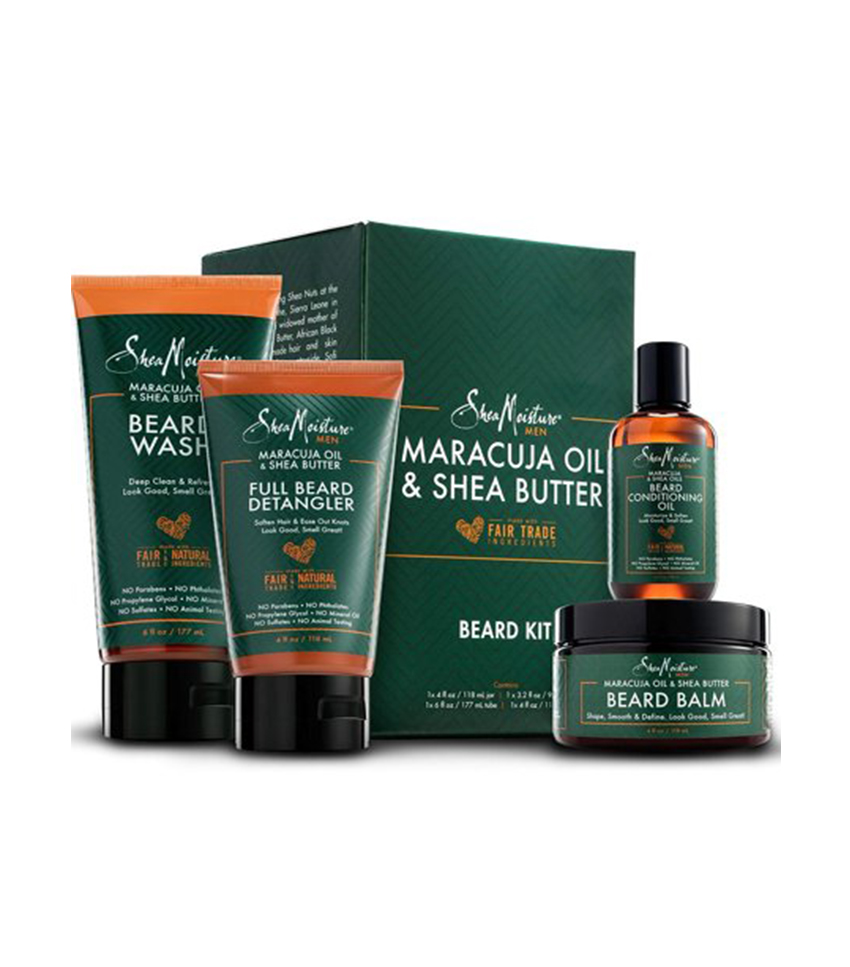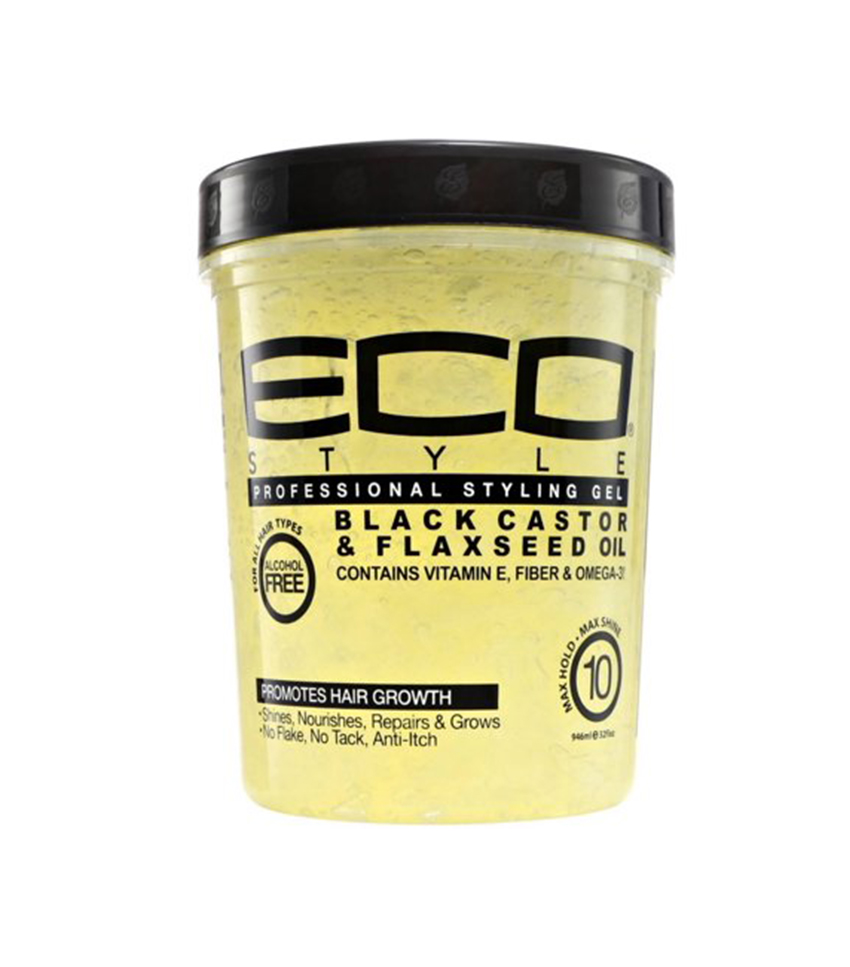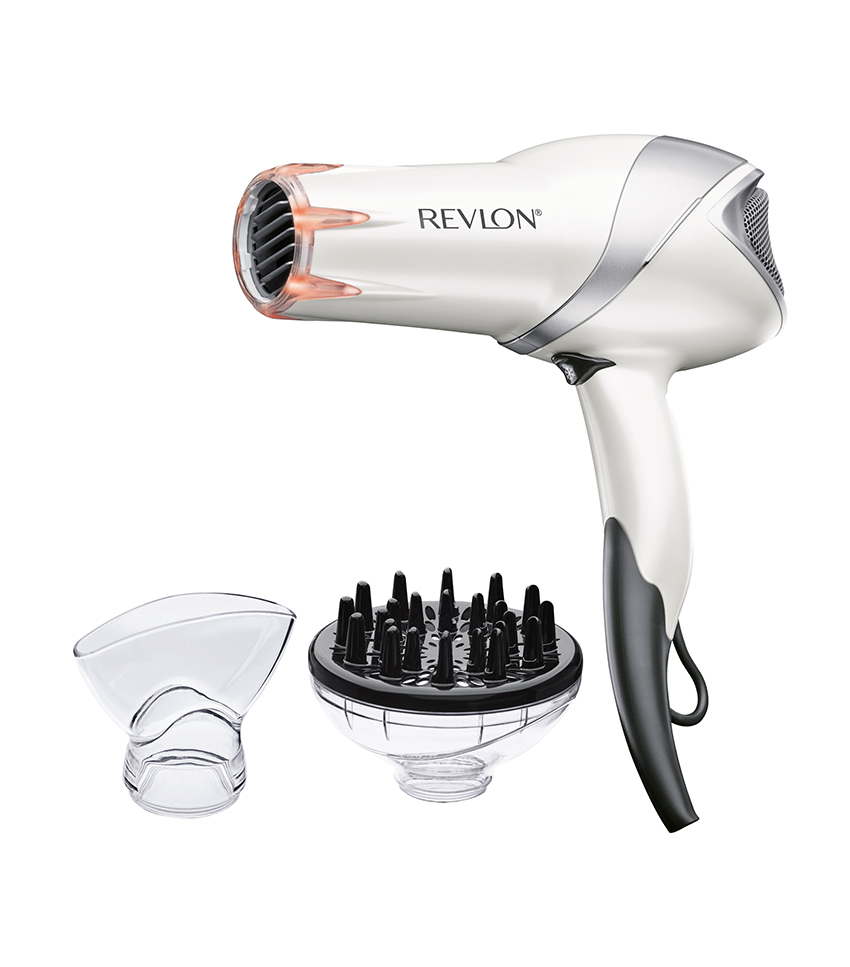Meet the Hairstylists Redefining Natural Hair in Hollywood
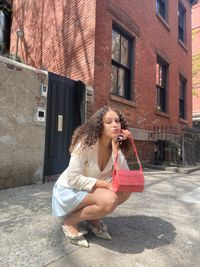
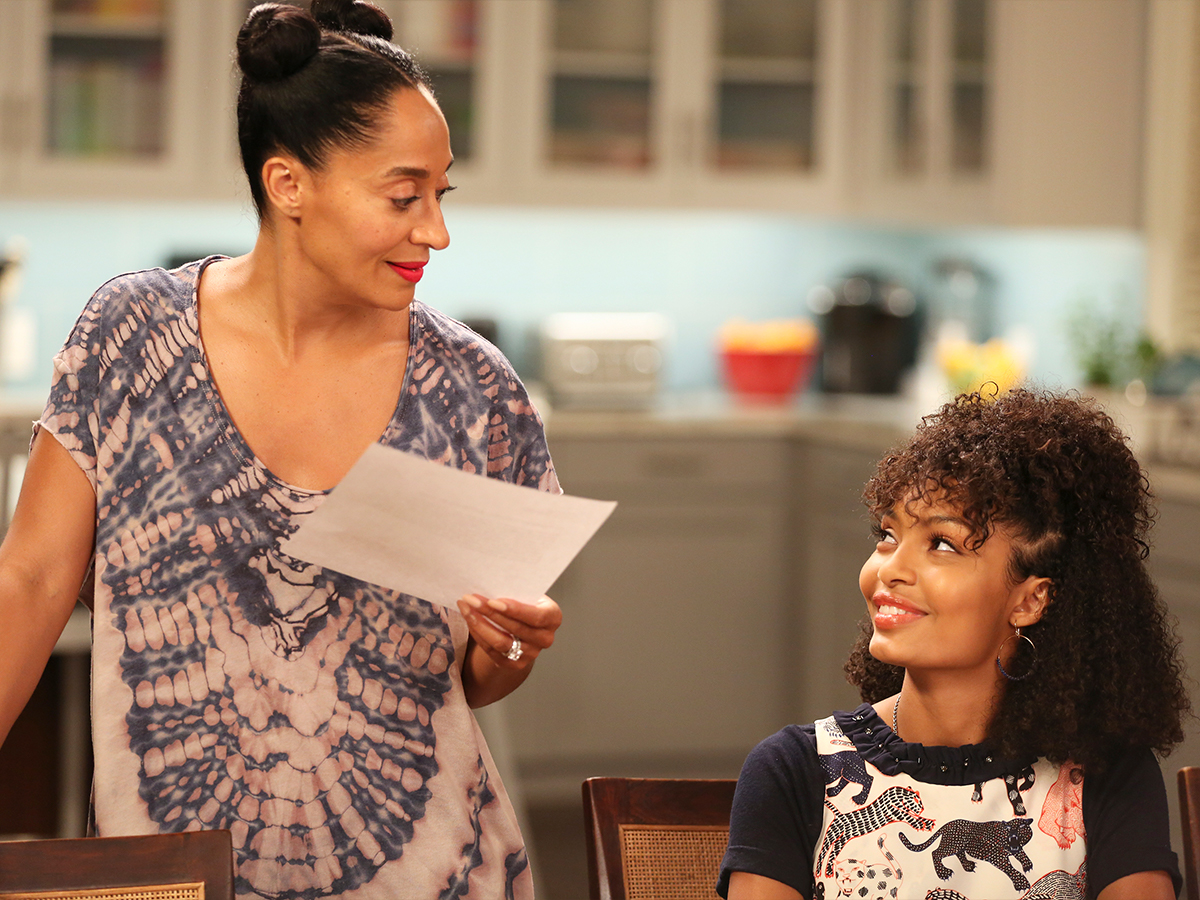
I can’t recollect the exact moment I realized my hair texture was not represented in media, but if you identify as black, or bi-racial, you too have probably become acutely aware of this at some point. Unfortunately, for many communities of color, representation in media has always been myopic. Of course, it would be naive to not acknowledge that there have been strides when it comes to visible inclusion—we’ve seen the natural hair movement take off, and even the animated short film Hair Love won at the 92nd Academy Awards—but even with these commendable steps forward, we still must reckon with the fact that the television and films acclaimed by these institutions continuously fail to acknowledge the humanity of all stories, much less give them frequent accolades.
And while it should be noted that Parasite made history as the first foreign-language film to win the best picture of the year, let that not distract from the fact that only one actor of color was nominated across all categories or the fact that in the whole history of the Oscars, not one African American has been nominated for an Oscar in hair and makeup. When it comes to true inclusion in film and television we still have a lot of work to do—having Janelle Monáe perform isn’t enough. You need true recognition of artists of color in the form of nominations and award winners.
But I promise, my friends, not all is lost—there are three hairstylists who are moving the needle in Hollywood one hairdo at a time and creating the type of change we need to see in the industry. Ahead you’ll hear from Araxi Lindsey, Stacey Morris, and Carla Farmer on their experiences working on some of the most iconic films and television shows, along with why hair representation is so important, and what products they swear by. But first, a little about them…
Araxi Lindsey
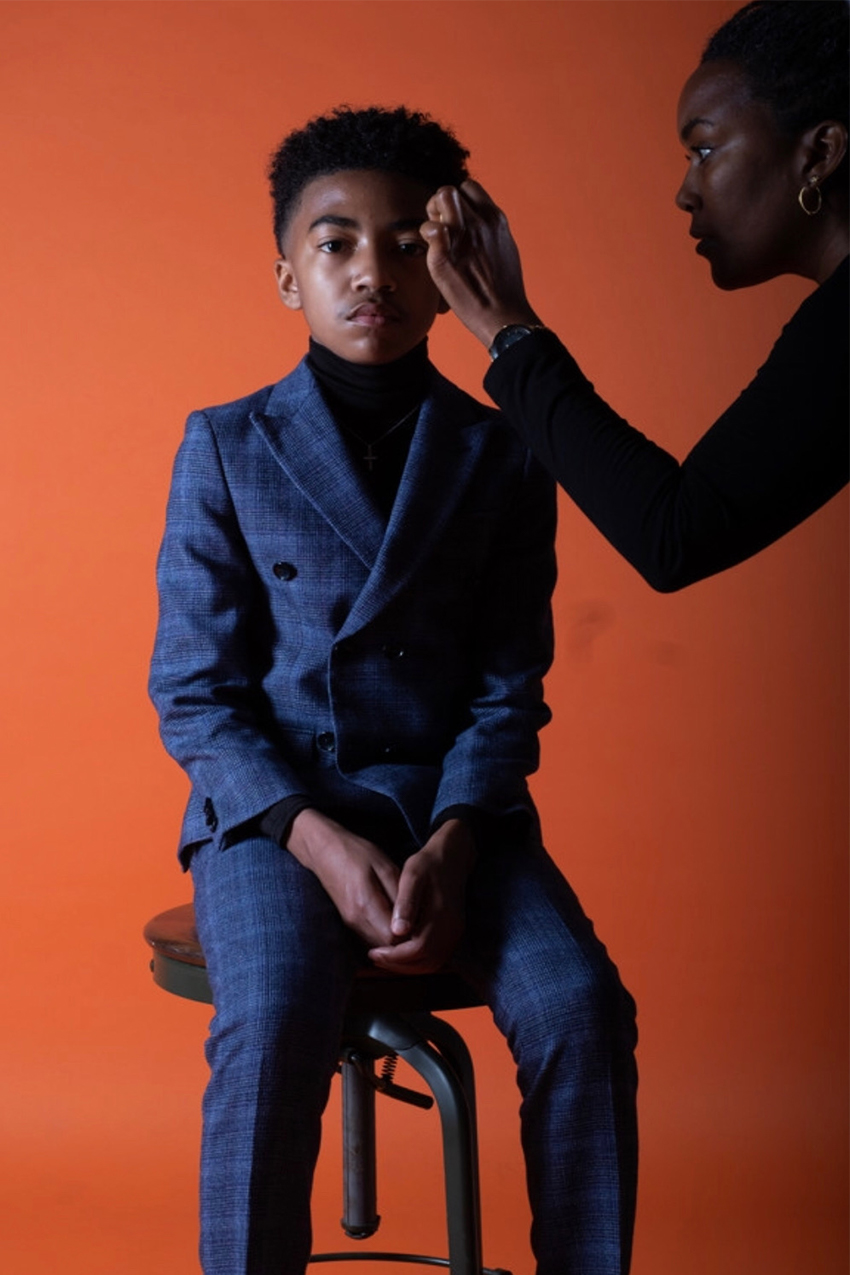
Araxi Lindsey is a motion picture hairstylist who has been the department head for the television show Black-ish since the pilot. She’s also the personal hairstylist to a few celebrity clients including Tracee Ellis Ross.
You were recently nominated for the Best Contemporary Hair Styling by the Make-Up Artists and Hair Stylists Guild Awards. How does it feel to have your work on Black-ish be recognized?
It feels great, but for so many years, I’ve always been comfortable being behind the curtain—so I didn’t like a lot of attention, or a lot of people talking to me, or people saying great things when I was younger. But now I’m at a point, and I guess also because I’m a mother, where I recognize it’s good to celebrate the good things, and it could be a testimonial for someone else, or inspiring to the youth, and I’m starting to understand that. It feels good to be a person who is admired or someone who is valued for what they love to do.
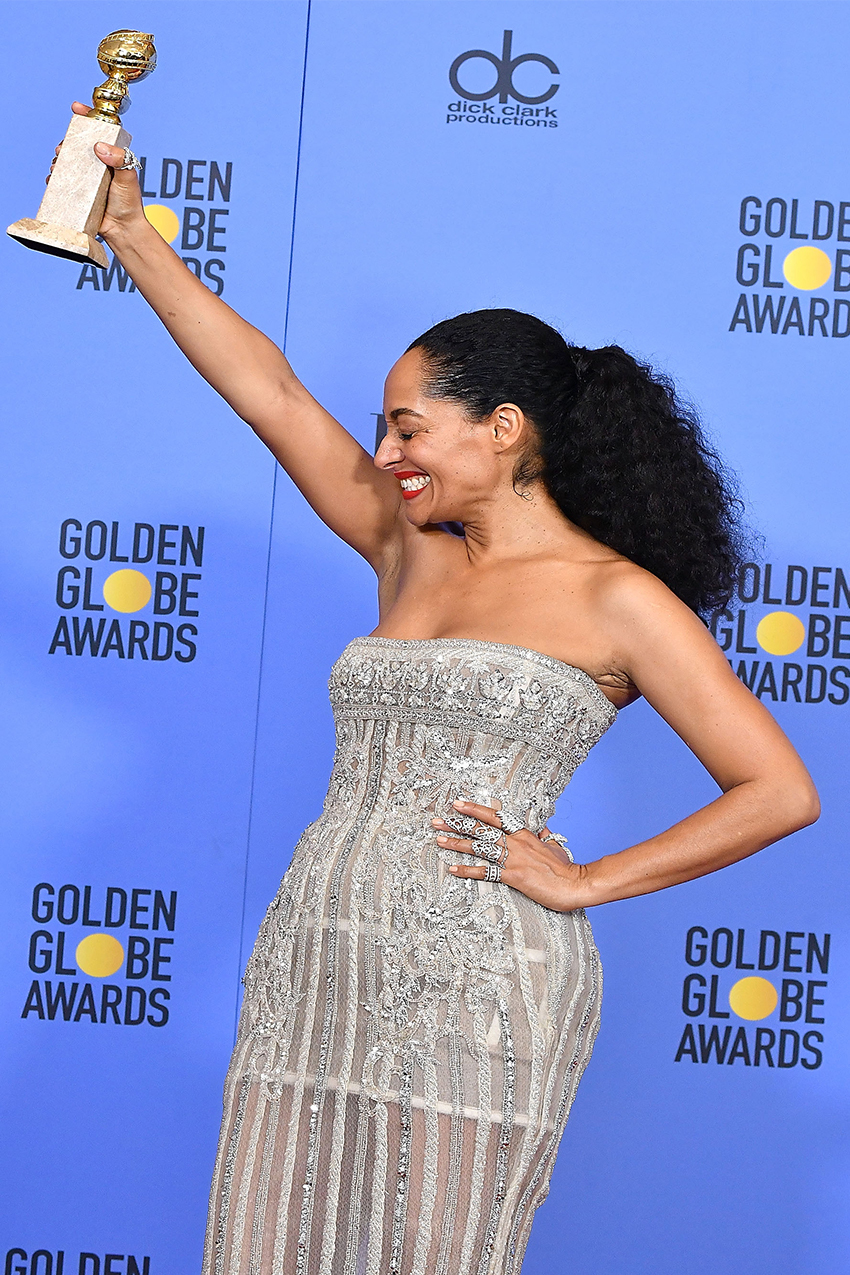
What’s the one hairstyle you’ve loved creating most on Tracee Ellis Ross?
What I loved, and it was such a monumental moment was when Tracee won her Golden Globe in 2017, is when she had the long ponytail extension. I’ve seen people with the ponytail, but not as full and flowing as hers. I didn’t use a curling iron for that hair, I just washed and conditioned it, diffused it, and then incorporated her natural hair with the extensions. Tracee has never worn that type of hairstyle, so taking that journey with her, and introducing her to new things is exciting.
Shop key products for re-creating this look…
For women who are thinking of transitioning to their natural texture, what tips would you give them?
Have patience and confidence when going natural because it’s going to take time to get to the vision you have for yourself. Do not compare your natural-hair journey as you may not get the same results as someone else. Everyone has their own recipe for what they look like—you have to learn your own hair, listen to it, and trust it. But…
Confidence comes before anything else because we’re already taught that our hair isn’t the best looking, or it doesn’t look like the chosen girl on the red carpet—but our hair doesn’t look like that naturally, and her hair probably doesn’t look like that naturally either.
Make sure you're confident enough within yourself before you make the decision to go natural, because there will be an awkward stage, but once you allow it to do what it wants to do rather than beating it into submission, you’ll be happier with your results. Don’t think of it as this mountain that you have to climb barefoot; you just have to let your hair do what it wants to do and have the patience to get to where you want to be. Another tip for anyone who chooses to cut off the hair that isn’t natural is if you have about two inches, I would highly recommend getting individual braids, cornrows, or a healthy weave, and just wait until your hair turns to a desirable length, because you probably won't be able to see how your texture lays until you let it grow to four inches.
Shop key products for your transition…
This one is great for protective styles.
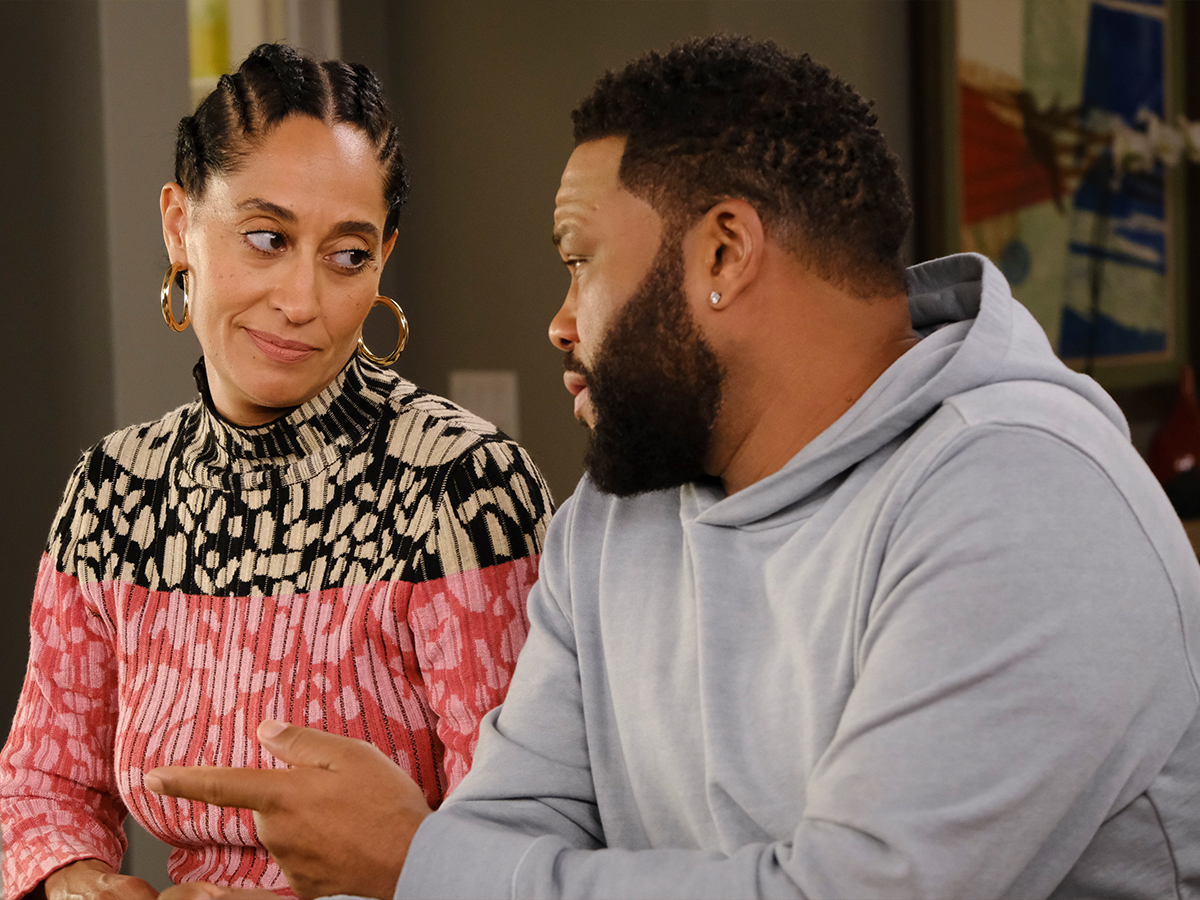
There’s still a lack of education around black hair; both how to actually style it, and how to speak about it in an informed, not implicitly biased way. How do you think we can change the way black hair is perceived within society and spoken about in mainstream media?
I think that it shouldn’t be a thing—it’s natural for people that have it, so it shouldn’t be a new lingo, or some form of a safe word when speaking about black hair. It’s natural for people that have it; look at people’s natural hair for what it is, their natural hair.
Just embrace it in the same way that we embrace someone wearing lipstick or lipgloss.
For so long, we have been taught that our hair wasn’t celebrated or accepted because we had to blend into American society. You have people who don’t have textured hair, who felt like they couldn’t do it, so it’s easier for them to tell people with textured hair to conform to look like us—that has been the thing for years. Look like us, because we don’t know anything about that texture or braids… Get rid of that and wear this. And now people are saying, "I don’t want to do that. I just want to be myself.” I don’t think that people who don’t have the texture have to learn about it; you just have to accept it.
If you want to learn it, like in our industry, I think it’s easier and more empowering to just hire someone who is familiar with the hair texture. When I went to cosmetology school, no one cared to ask me, "Can you do braids? Can you style texture?” They don’t care about that; they care if you can do color, and cut, and that’s been embedded in us. But if you do care, then hire black hairstylists.
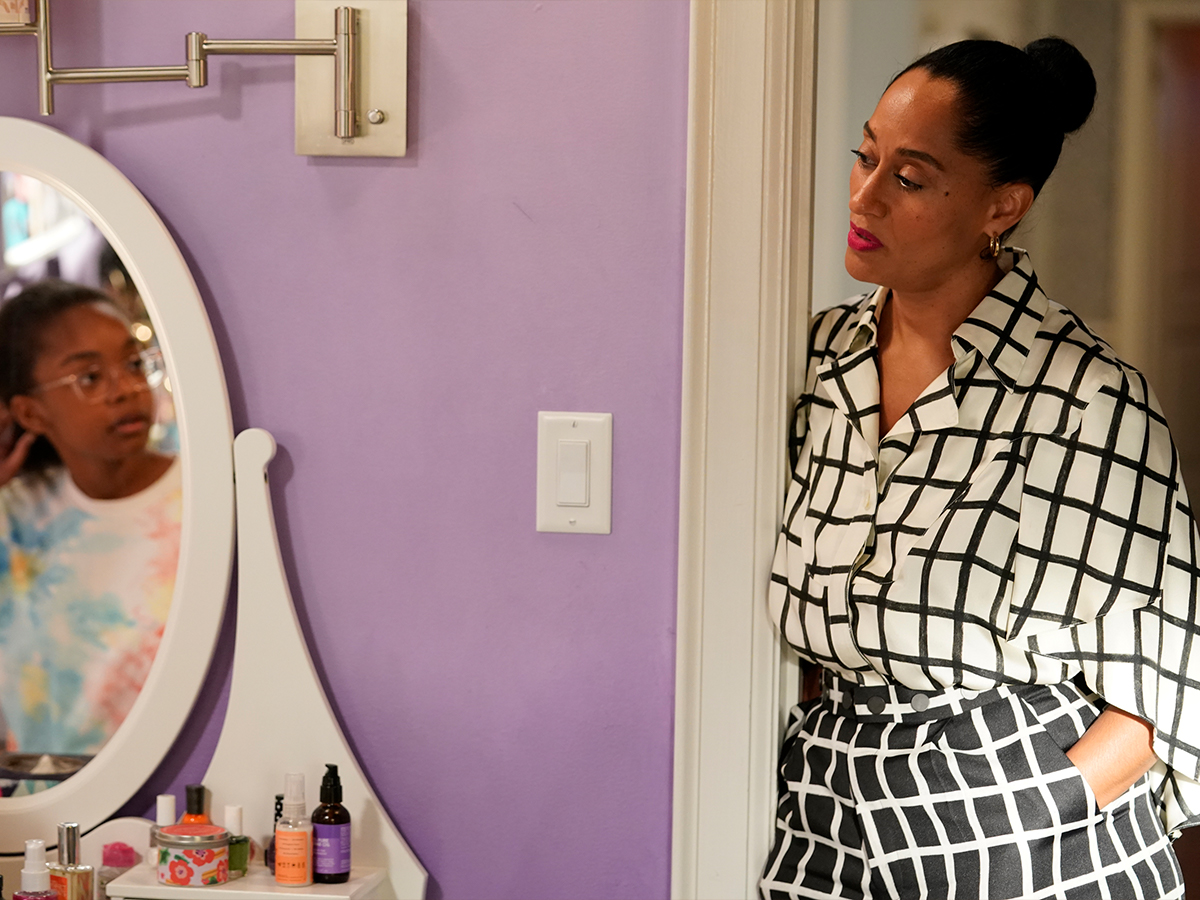
When it comes to styling hair both on the set of Black-ish and offset for Tracee Ellis Ross, what goes into the thought process of choosing a specific hairstyle?
Normally I like to build character, so it depends on the character. For instance, Rainbow on Black-ish, she's an anesthesiologist, with multiple children (including the star Yara Shahidi), and a dog and a husband. She doesn’t seem like the kind of person to spend a lot of time styling her hair, or to spend a lot of time at a hair salon, so I tried to do practical hairstyles for this character who studies medicine and leads a busy life but has textured hair. When I did The Matrix for Jada Pinket Smith, I was shown an image and read the script, and I created what the directors and creators wanted. And so it’s more so for character building, but I do like to ask the actors what they feel or think about it—how do they perceive their character? I ask all those tedious little questions to the actors, to the writers, to the actors, and then I put my own spin on it.
What products are your go-to products on set for Black-ish? Any go-to products you swear by for Tracee Ellis Ross?
Well, I like to involve the actor, whatever the actor likes, I like. But when styling any natural texture, I am a true believer in oil (a nut or seed oil) and water and a skill for styling. As far as Tracee Ellis Ross is concerned, she loves her Pattern products, and we use them on- and off-set regularly.
Shop the products used on Tracee on-set:
Stacey Morris
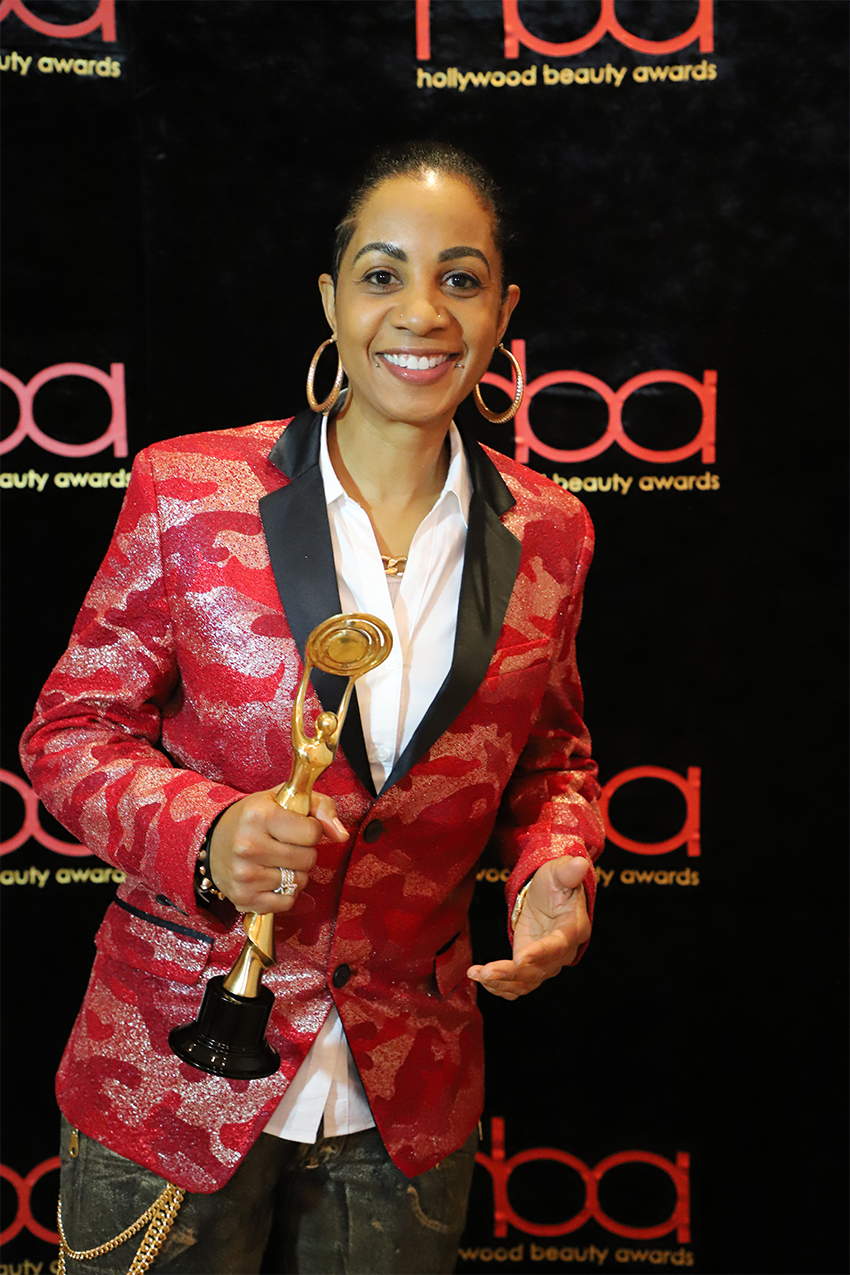
Stacey Morris is a barber and hairstylist who started doing hair when she was 12 and was doing hair professionally by the age of 18. She’s worked on iconic shows like Black-ish, Martin, and The Fresh Prince of Bel-Air. In addition to her experience on-set, she has been a personal stylist to some of Hollywood’s most iconic leading men, including Eddie Murphy, Will Smith, and Anthony Anderson.
You have recently received the Lifetime Achievement Award at the Hollywood Beauty Awards. How does it feel to have your work be recognized? What do you hope your work says to the world?
I mean to be recognized for something you’ve been doing for so long of course feels amazing, and I’ve always been a humble person, so it was one of the most indelible moments in my career and also a milestone. I have been talked about, but never awarded, so to be awarded is amazing. I hope that my work is inspiring, and I look to be a role model for young people because literally I made something from nothing.
I picked up a pair of clippers and a comb and cut my way all the way to where my life and career are now.
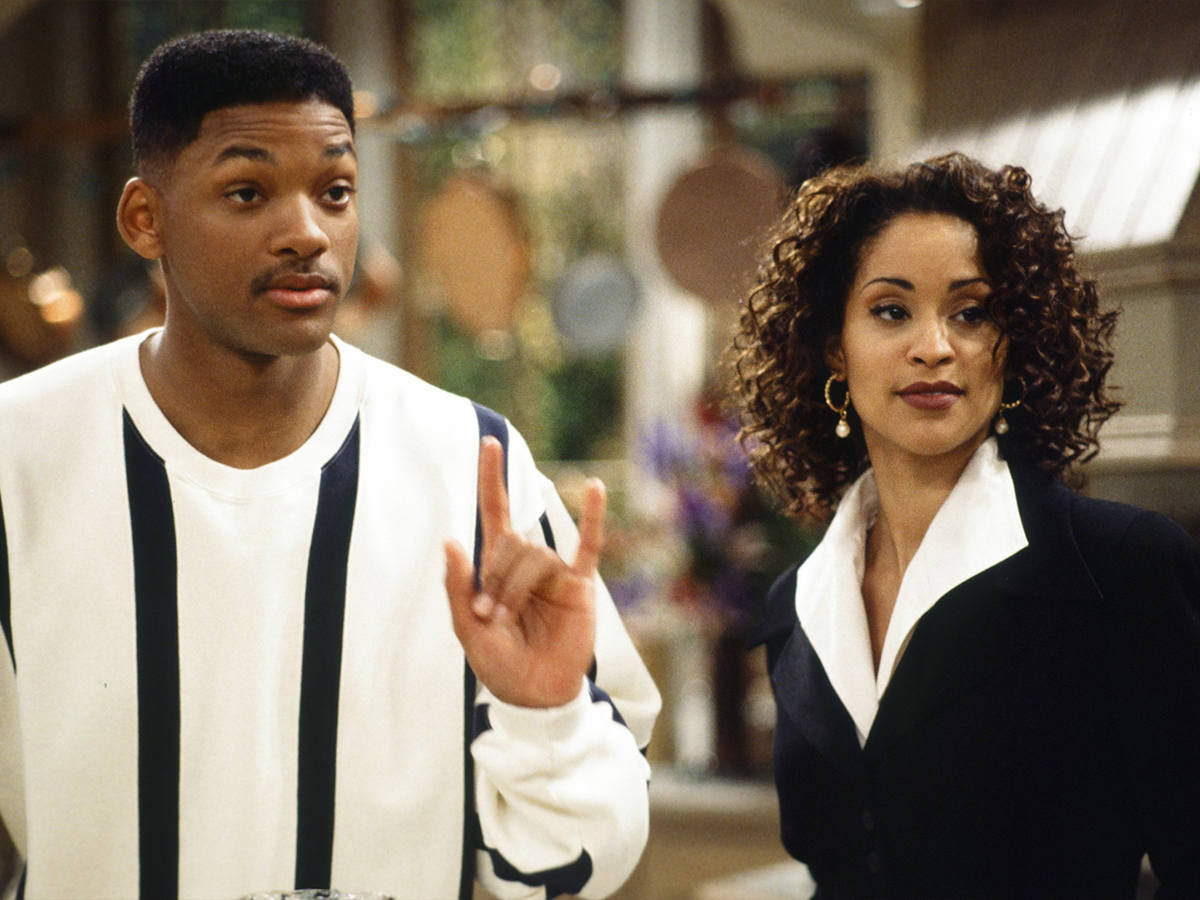
What’s the biggest lesson you’ve learned from working on such a culturally important shows like Black-ish, Martin, Fresh Prince of Bel-Air, Scandal, and Girlfriends?
I’ve learned that I have to put in 150% because when I started in this industry, it was a male-dominated profession. So being a woman, I had to prove myself—not just that I’m good, or even that I was the best, but it was very much, "Oh, she’s a great female barber,” but I can run with the best of 'em, whatever you choose to identify as. So it just groomed me to always put in at 150% and to not let what people may say or think affect me or my dedication to what I do.
You’ve been the barber behind a lot of A-list men—including Will Smith, Eddie Murphy, and Diddy. Why is it equally as important for men to see their natural hair represented in the media?
There’s still a lack of education when it comes to black hair, both how to actually style it and how to speak about it. But it’s important because showing the multifaceted styles that people with texture have, it represents those people, so when you see someone like you on-screen, you have something to identify with. It just changes male perspectives in grooming when they can see someone on-screen who looks like them and they have a certain haircut, or they look a certain way. And when it comes to education, for people who don’t have textured hair, I think it’s important, and I encourage my colleagues to teach classes and show the level of skill required to style textured hair, and teaching techniques, and teaching how we verbalize and speak about our hair and continuing to put it on-screen to really change it.
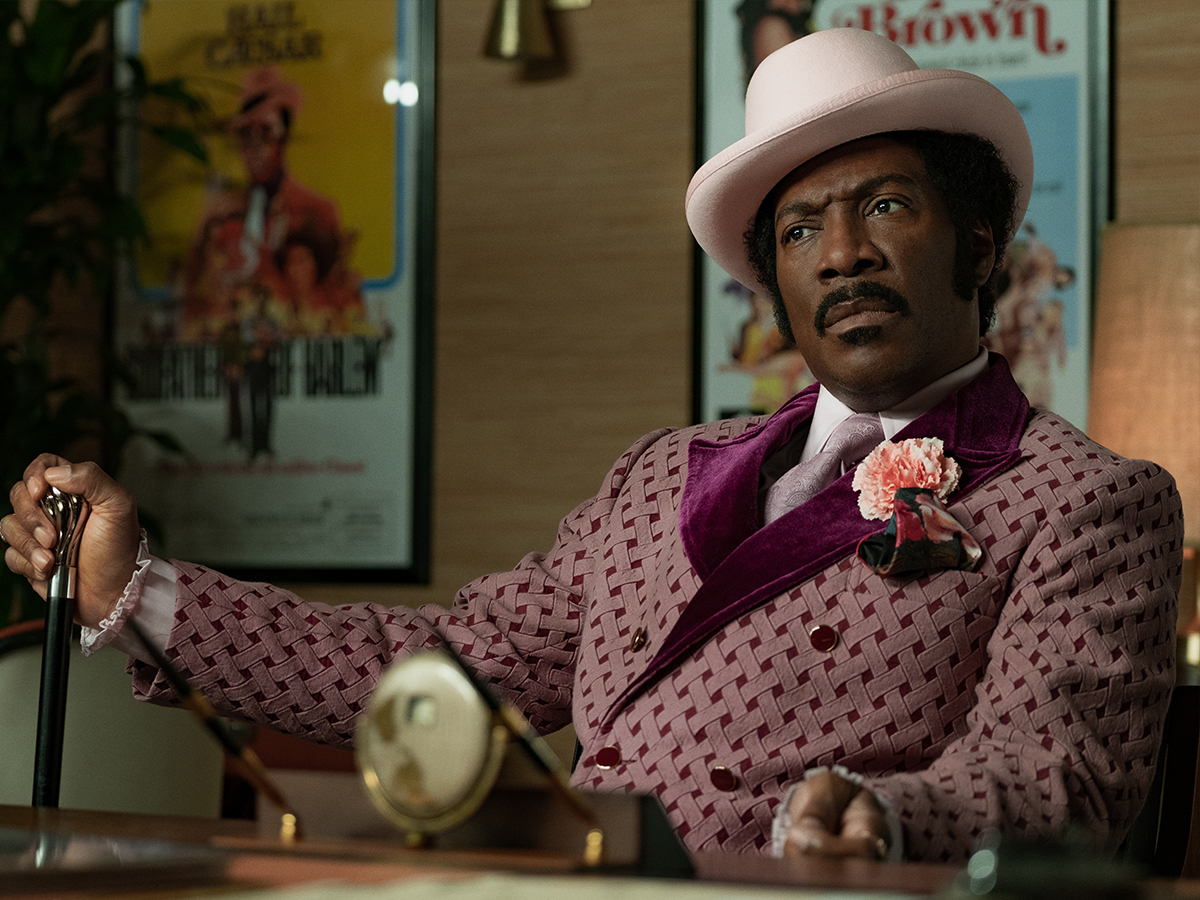
What was it like re-creating 70s-inspired hair for the film Dolemite is Our Name? Where did you draw inspiration from for the film?
That was fun. I was born in the ’70s and was young but I still remember it. Carla Farmer and I did Dolemite together, and we drew inspiration from everywhere. We looked at our parents’ photo albums, we looked at our own photo albums, we did research, we watched films, and we would look at all these different styles and we were inspired that way. One of our main goals was to represent our culture’s hair realistically from that period—and it wasn’t just afros, and sideburns and bushy mustaches. You know, there were other sides to our hair. If a film says the ’70s, it so often won’t represent the wide array of hairstyles—so we went above and beyond for the film to make sure all the hair did, and not just for the textures of African American, but for all the other cultures too, because we didn’t just all wear one style during the time period.
Geographically, it could have been the same year, if you lived on the East Coast, Midwest, or West coast, styles were different, not to mention some people were more conservative, some people were inspired by the hippie side of things, some people were inspired by music bands back then, so we had to think about those things and really delve into the period to ensure we showed all the variant styles, but to also set an example for films to follow.
Shop key products to re-create the look…
Best for men's fades.

You’ve been leading the hair department for Coming 2 America. Can you give us any spoilers on what we can expect to see on-screen in terms of looks?
You can expect to see African American hair represented in a couple of different cultures in a way we’ve probably never seen on modern-day TV. So it's the current day, so you have American, and then you have African, but within Africa, you have different levels of socioeconomic classes—you have royalty, townspeople, and peasants. So there are all these different levels, and sometimes people’s hair depends on their financial status, so we get to show all of that. We got to be creative, which is cool because the movie is a fantasy, and we’re in the current day, so we gotta pull it out of our heads and be free. As far as the African styles, you see typical stuff that people know, and we got to create there too because it’s fantasy but also because the hair now in Africa is innovative and is inspired by other countries, and television, and the internet, so it’s an open plane. You can expect to be entertained because the hair helps tell the story.
For the men reading this, or the people who love the men in their lives, what products would you recommend they invest in for taking care of their natural texture? I hate to generalize products because not everything works for everybody or their lifestyle—it really depends. I love happy accidents, don’t be afraid to try something. But if you have a stylist, and take their suggestions and ask questions. That being said, I use Keracare shampoos and conditioners. When it comes to gels, I love Paul Mitchell. With guys for twist hairstyles, you need a sponge and black solution. For men with beards, oils and skincare products are essential.
Shop Morris's picks…
Carla Farmer
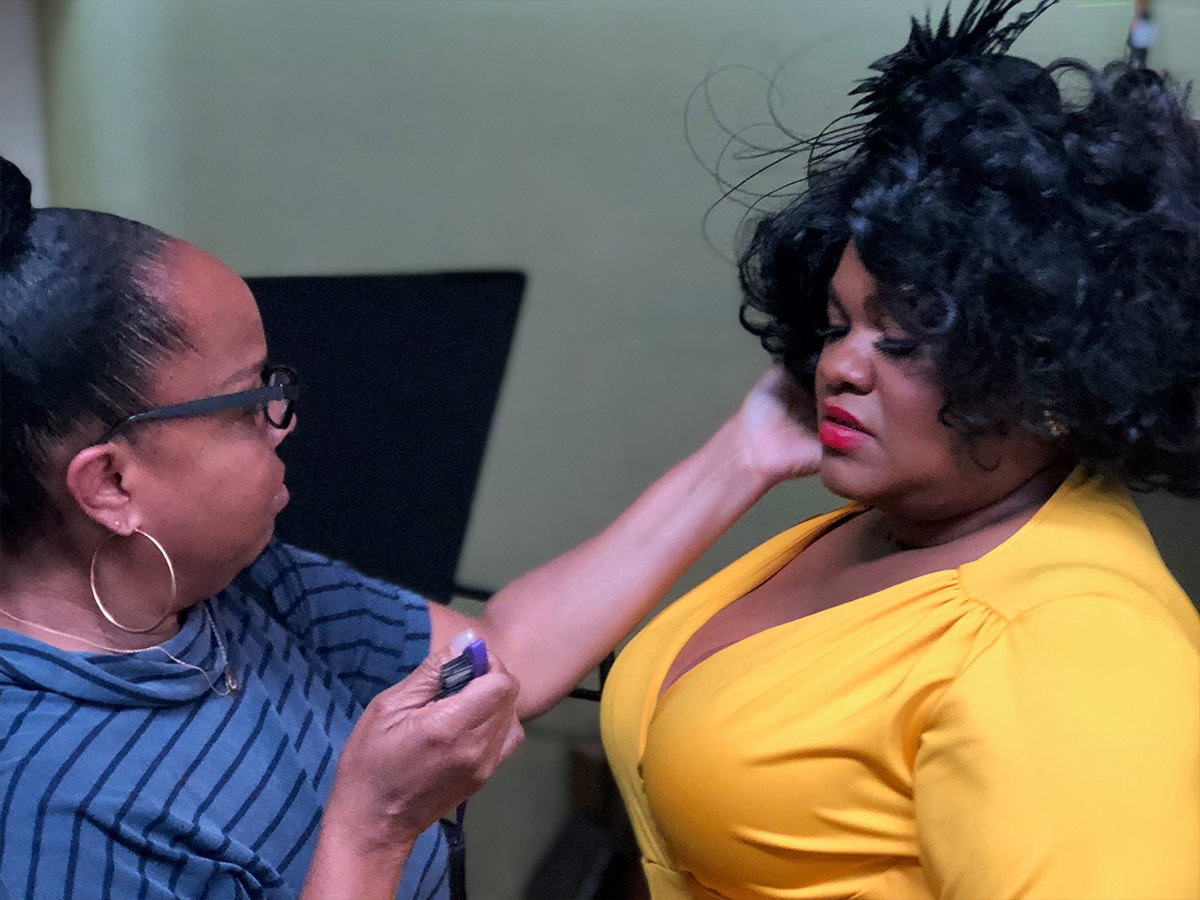
Carla Farmer has been a hairstylist for over 40 years and has specialized in styling all hair textures in all the art mediums. Some of her most noteworthy work has been 13 Reasons Why, and Grey's Anatomy, Girlfriends as well as newer films like Sylvie's Love which was released at Sundance this year, and Coming America 2.
Your work has been nominated for both Emmys and the Hair Stylist Guild Awards in the past, and Dolemite Is My Name had quite a bit of buzz around it. Why do you think your work as a stylist is important? And what do you hope your work says to the world?
I never do this for an award, so it took me by surprise when Dolemite Is My Name got nominated and got so much press. It never crossed my mind that that was going to happen because that’s not why I do what I do. I do it because I love what I do and want to tell a story. However, when I got in that arena and saw the lack of representation, I knew moving forward that I needed to advocate for all of my friends to be of excellence, and to keep pushing what we do so that someone breaks through.
Because in the whole history of the Oscars, not one African American has been nominated for an Oscar in hair and makeup, which has nothing to do with ability. It does have something to do with the weight that black beauty has in comparison to the beauty standards you hold—and that’s off-kilter.

You’ve worked on everything from popular contemporary Netflix shows like 13 Reasons Why, to the indie film featuring Tessa Thompson set in the ’50s, Sylvie’s Love. For you, what goes into the process of creating looks for all these different types of characters? And how do you approach not only varied hair textures but styling hair for different time periods altogether?
The most important thing to me is research—even if it’s current. I just finished working on Coming to America 2, and it had a prototype, so I researched the original movie and then compared it to what it would look like now. And in that comparison, I ended up researching the afro-punk scene; it’s not mainstream yet, but I so admired that scene, so I drew a lot of my inspiration for that film from that subculture. Versus, with a show like, 13 Reasons Why, that also had a template, and we followed what the directors wanted. But overall we were able to show hairstyles that weren't seen in previous seasons on that show and were able to push the direction of hairstyling in a way that wasn’t pushed before because there wasn’t a black hairstylist before.
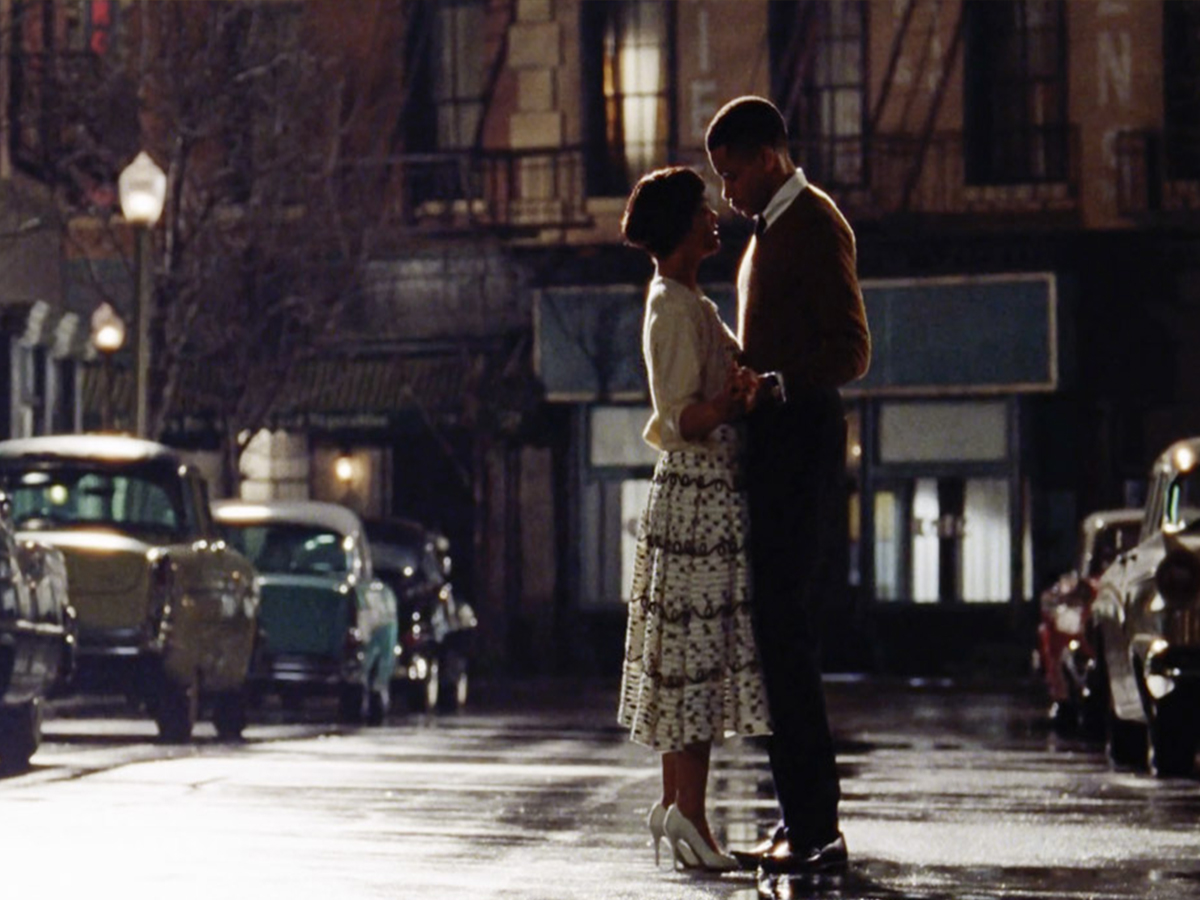
How, in your opinion, do film and television contribute to upholding Eurocentric beauty standards? What power do hairstylists hold to combat upholding these standards?
The film industry holds so much power in the visual, and how we perceive each other, so when you see a lot of films about slavery and oppression, I appreciate those films, and I feel like they’re apart of the narrative, but I will be so happy when we can have more of narrative of a person who is living an everyday life, and they happen to be black, but they don’t have to face so much hardship just because they’re black. That’s why I’m so proud of this movie we did, Sylvie's Love. It’s a romantic fantasy set during the Civil Rights Movement, but its focus is insulated, and it’s a reminder that black people were, and have been, just out here flourishing and living their lives. I feel when we can start telling these stories, there will be a better picture of the whole black experience, and it’s not always just being shot by a cop. These things happen, and they’re horrible, and they need to be told, but it’s not encompassing of the whole experience. We need to balance it with the beautiful stories that happen also.
We need to see the full humanity of being black on-screen.

What has been one of the projects you’ve been most proud to work on and why?
Thus far, Dolomite has been the most fun and fulfilling project I’ve done thus far. It just was a group of amazing artists, and many of us grew up in the ’70s, so it was really fun to be able to re-create that era with an authentic eye. Of course we did research, but we also knew how things should look, so it was very rewarding, and I got to hire a lot of my friends in the business and that was the other part of it that made it so great.
What are the hair products or tools you always have on set with you?
It really differs from project to project, but I always utilize a great blow dryer, and that’s the most important universal tool. But I used Eco gel on everything.
Shop Carla's go-to products…
Next: Please Put Some Respect on These 8 TV and Film Characters' Style
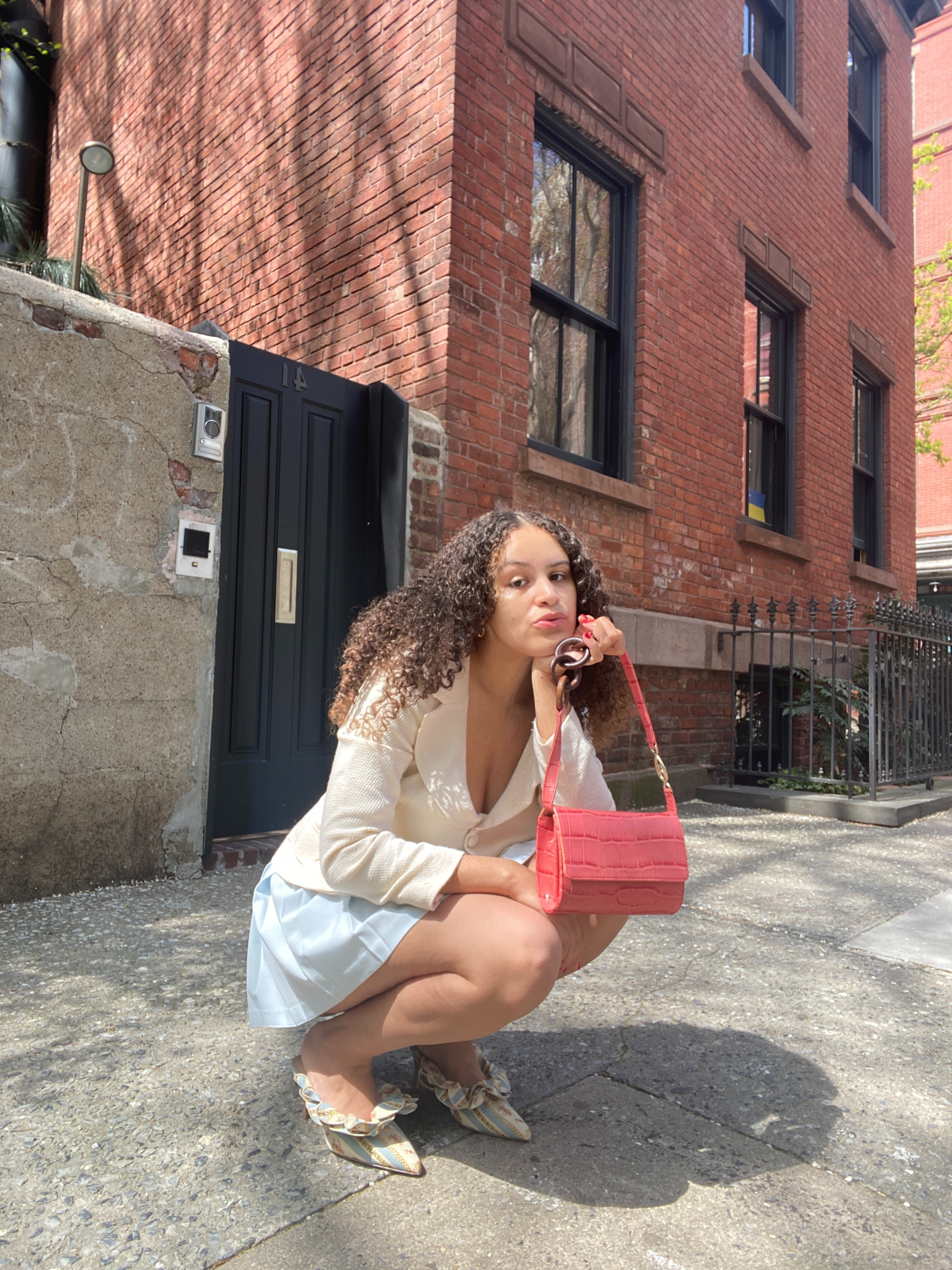
Jasmine Fox-Suliaman is a freelance writer and editor living in New York City. What began as a pastime (blogging on Tumblr) transformed into a lifelong passion for unveiling the connection between fashion and culture on the internet and in real life. Over the last decade, she's melded her extensive edit and social background to various on-staff positions at Who What Wear, MyDomaine, and Byrdie. More recently, she’s become a freelance contributor to other publications including Vogue, Editorialist, and The Cut. Off the clock, you can find her clutching her cell phone as she's constantly scrolling through TikTok and The RealReal, in search of the next cool thing.
